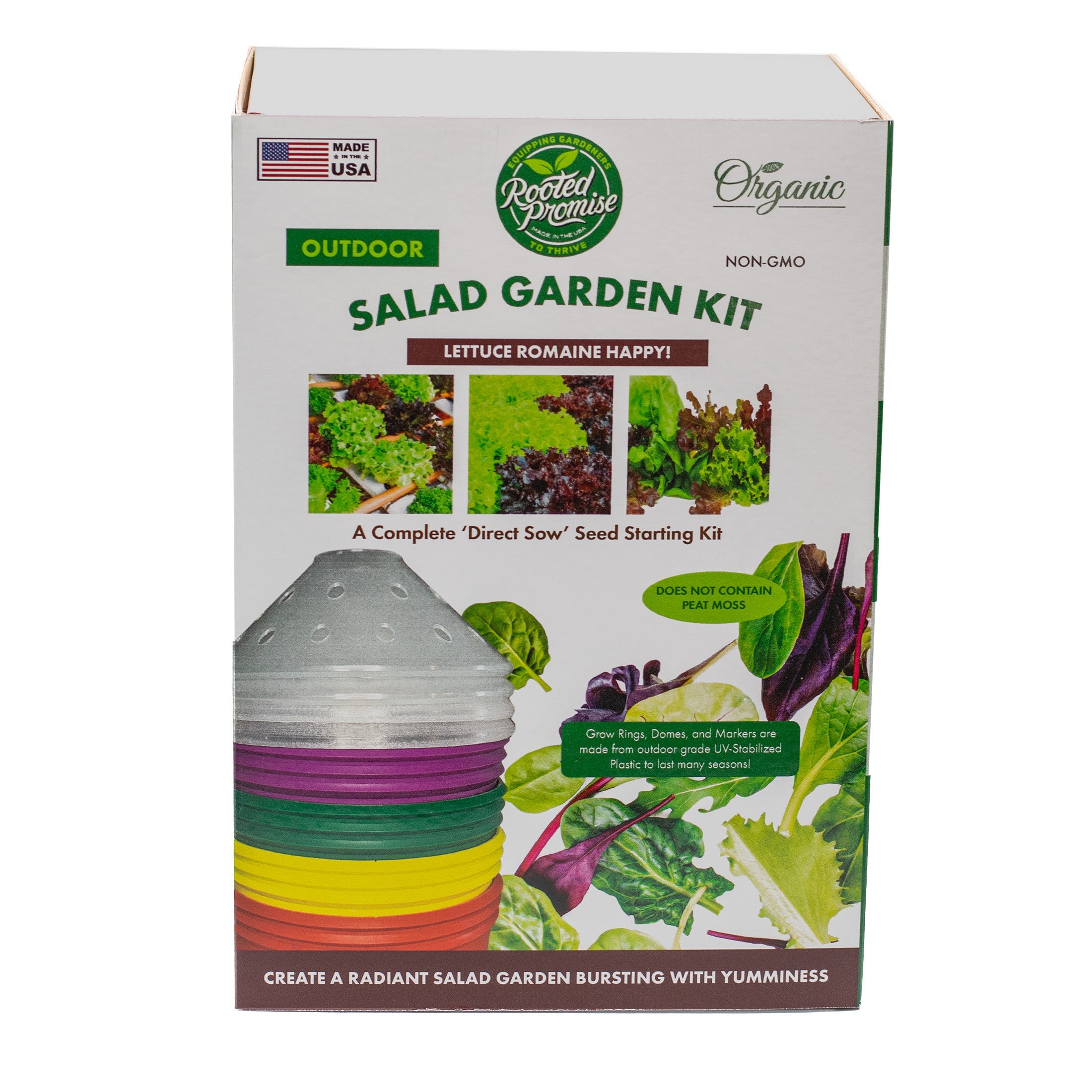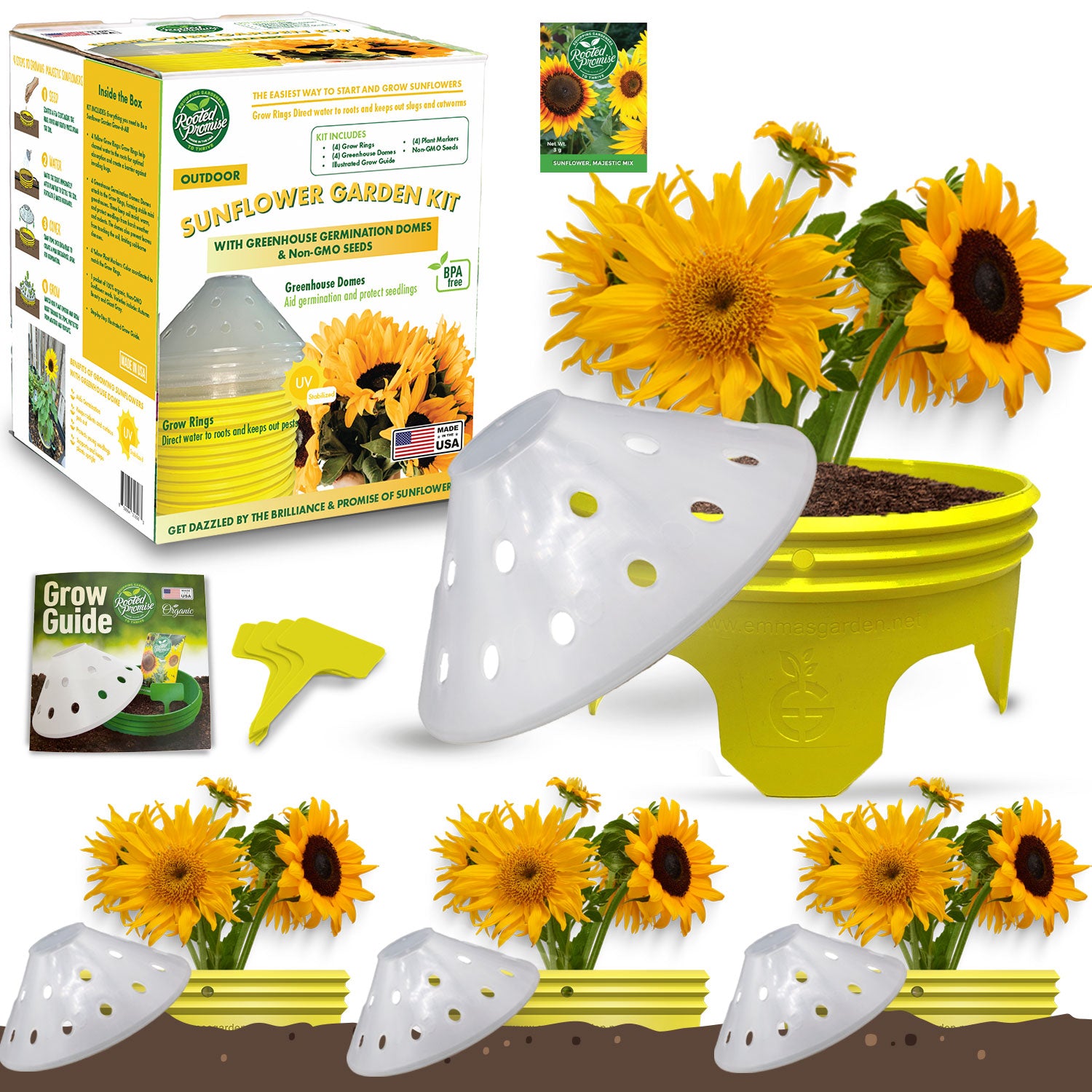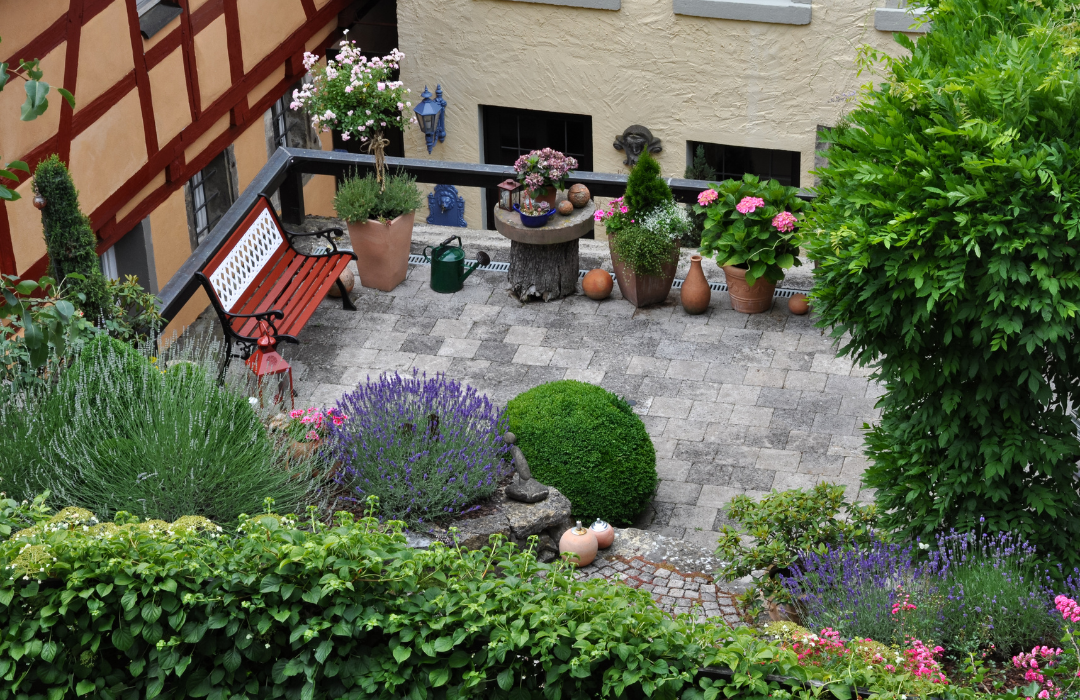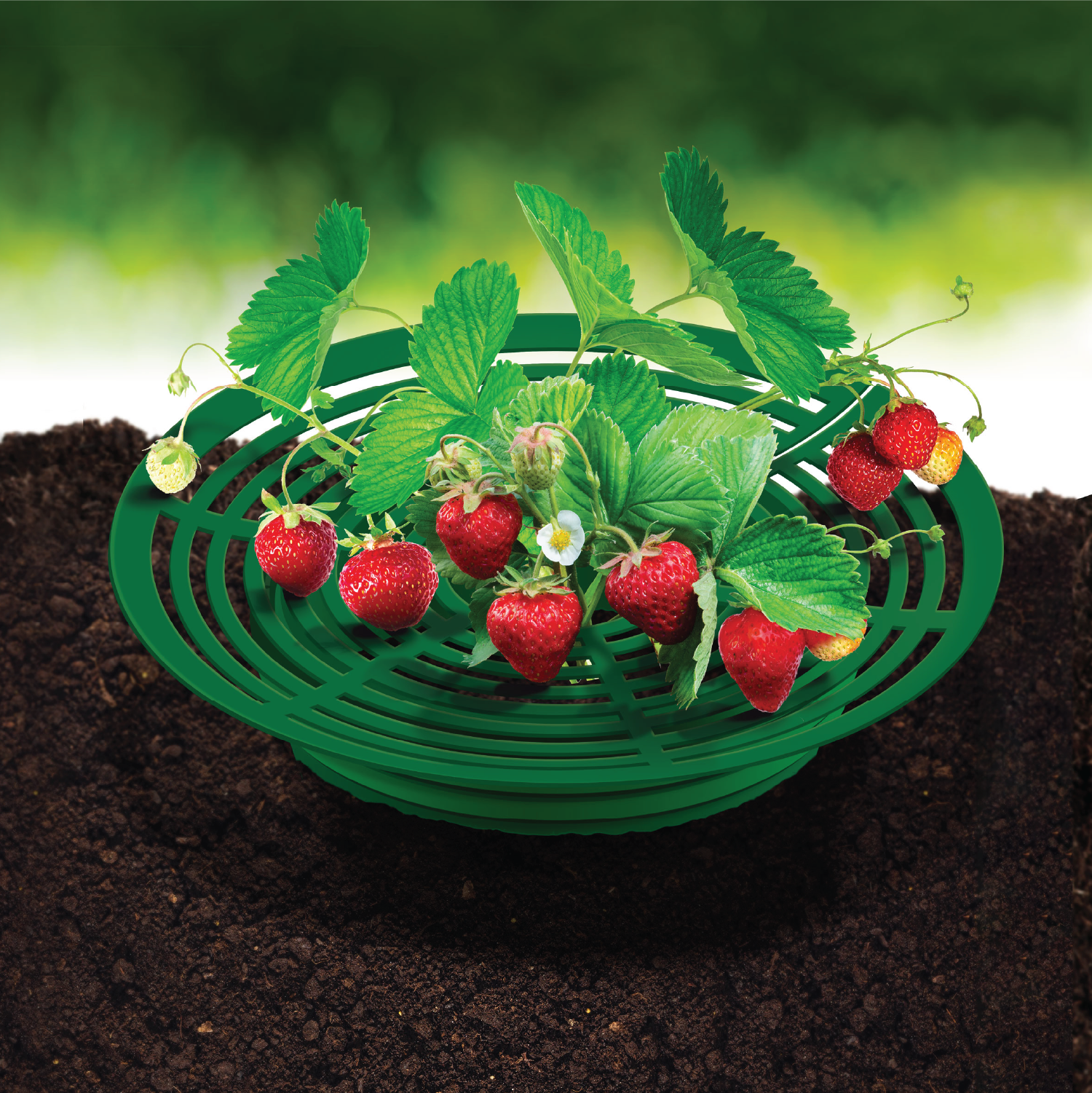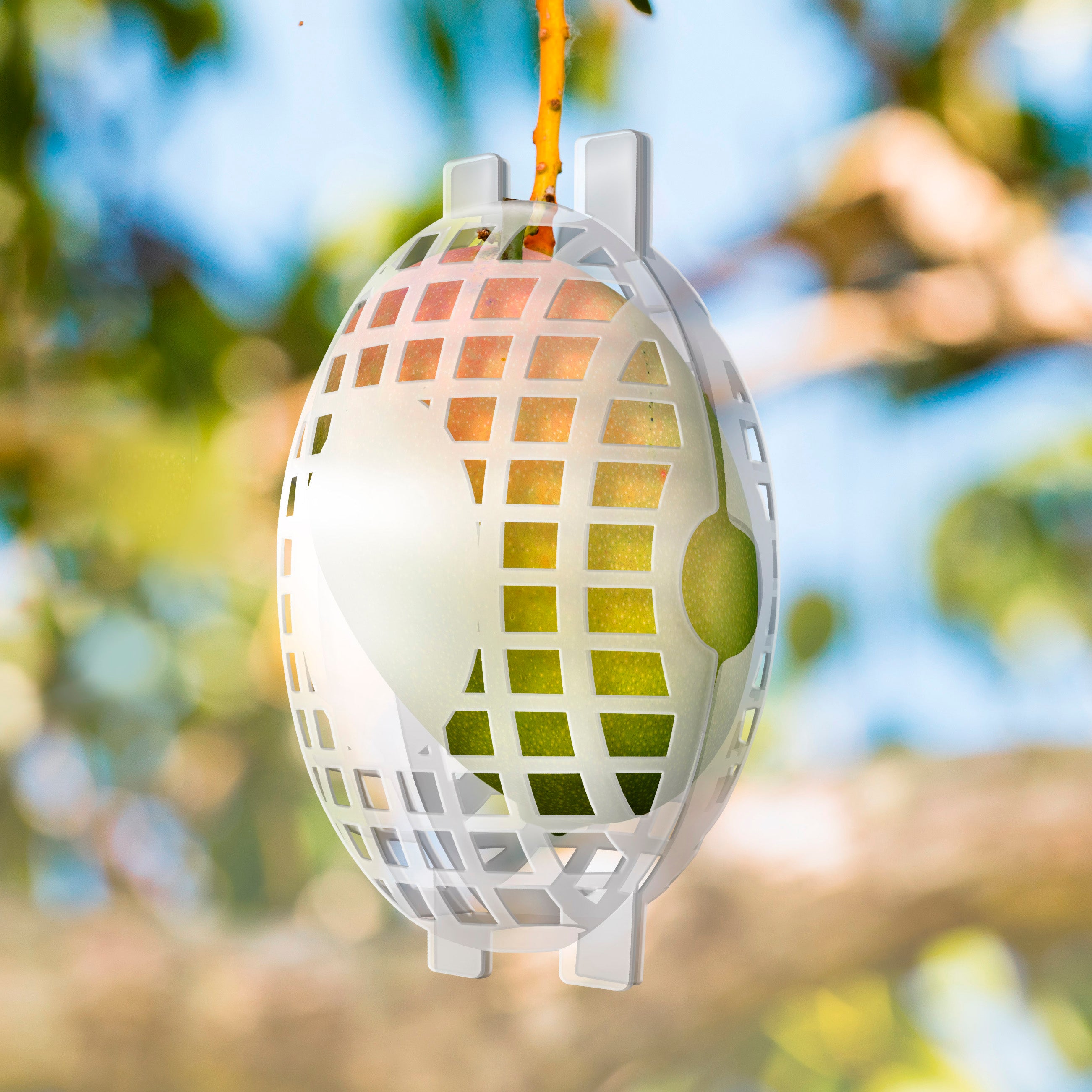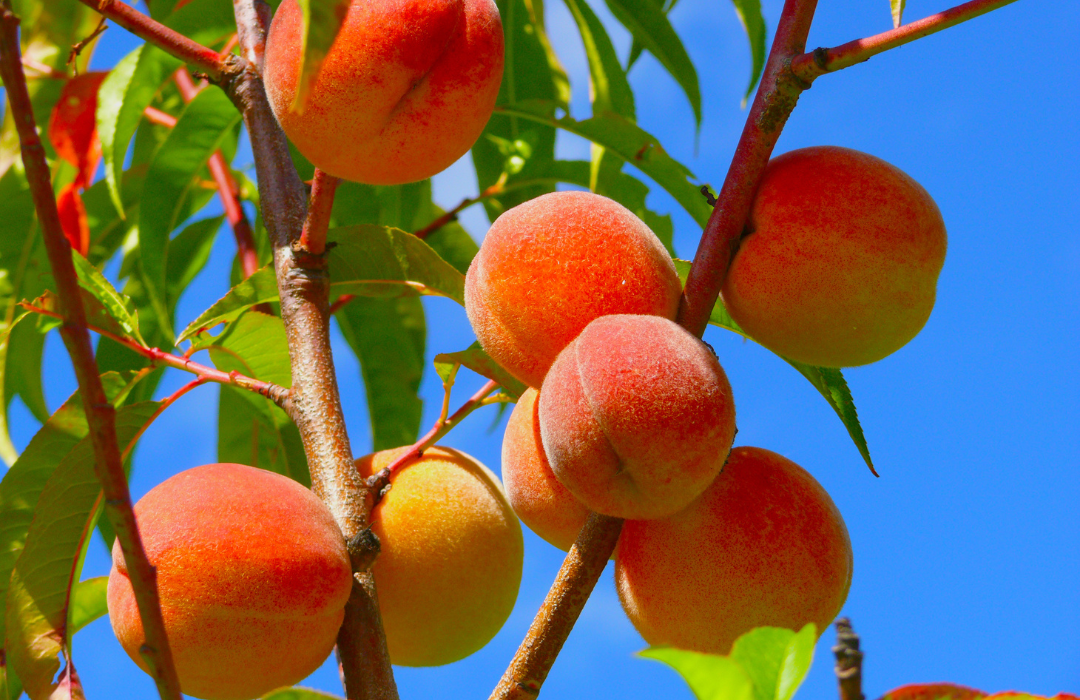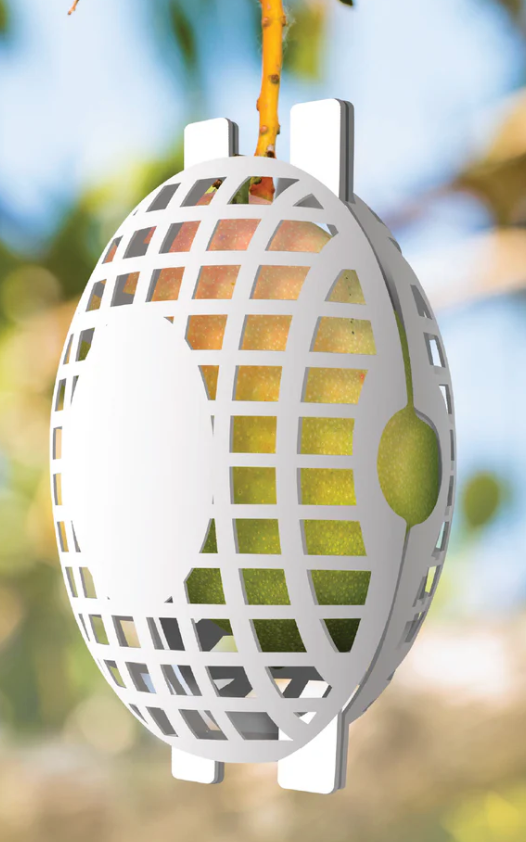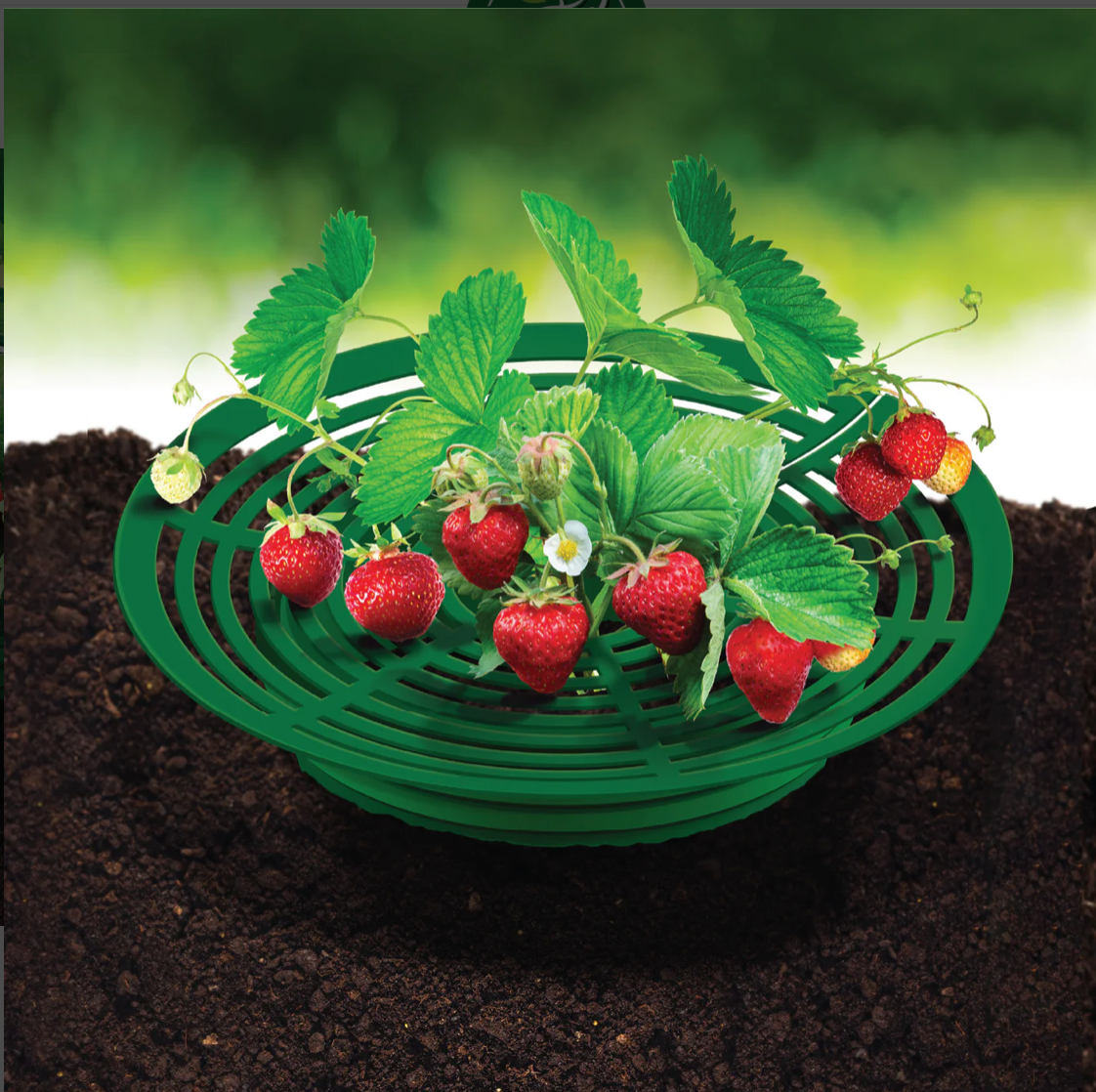Introduction
As cities grow, the demand for sustainable urban spaces is on the rise. Green roofs and urban greening initiatives are leading the way, turning rooftops and unused urban spaces into thriving gardens. These projects aren’t just about aesthetics—they offer a wide range of environmental and economic benefits, from insulating buildings to improving air quality and reducing stormwater runoff. Let’s explore what green roofs are, why they’re trending, and how they’re reshaping our urban landscapes.
What Are Green Roofs?
Green roofs are rooftops covered with vegetation, soil, and a waterproof membrane designed to support plant growth. These living roofs can range from small-scale garden patches to large, lush ecosystems. They’re often divided into two main types:
- Extensive Green Roofs: Lightweight and low maintenance, these roofs use shallow soil layers and are typically planted with hardy vegetation like sedums or grasses.
- Intensive Green Roofs: These are more like traditional gardens, with deeper soil layers that support a wider variety of plants, including shrubs and small trees. They require more care and a stronger roof structure.
Green roofs can be found on residential buildings, offices, and even public spaces, transforming otherwise unused surfaces into vibrant green areas.
Why Are Green Roofs and Urban Greening Trending?
As urban areas become more crowded and climate challenges grow, green roofs and urban greening projects are gaining attention for their many benefits:
Improving Air Quality
Plants naturally filter the air by absorbing carbon dioxide and releasing oxygen. They also trap dust, pollutants, and particulate matter, contributing to cleaner, healthier city air.
Reducing Urban Heat Island Effect
Cities tend to be hotter than surrounding rural areas due to heat-absorbing materials like concrete and asphalt. Green roofs help counteract this by providing a cooling effect, reducing the overall temperature in urban areas.
Stormwater Management
Green roofs absorb rainwater, reducing runoff that can overwhelm city drainage systems and lead to flooding. This helps cities manage water more efficiently and reduces pollution entering waterways.
Energy Efficiency
By providing natural insulation, green roofs reduce the need for heating in the winter and cooling in the summer. This can lower energy bills and decrease the carbon footprint of buildings.
Increasing Green Spaces
As urban populations grow, the need for green spaces becomes critical. Green roofs and urban greening initiatives provide a way to bring nature into cities, offering habitats for wildlife and improving residents’ quality of life.
How Green Roofs Are Built
Creating a green roof involves several key components to ensure the plants thrive and the building is protected:
- Waterproofing Layer: Protects the roof from water damage.
- Drainage System: Prevents water from pooling and ensures excess water flows away.
- Growing Medium: A lightweight soil mix designed for rooftop gardening.
- Plants: Chosen based on the type of green roof (extensive or intensive) and the local climate.
These systems can be customized for different building sizes, climates, and purposes, making them a versatile solution for urban spaces.
Urban Greening: Beyond Green Roofs
Green roofs are just one part of the broader movement toward urban greening. Other projects include:
- Vertical Gardens: Plants grown on building walls, improving insulation and air quality.
- Pocket Parks: Small green spaces tucked into urban neighborhoods.
- Community Gardens: Shared spaces where city residents can grow their own food and flowers.
These initiatives help cities integrate nature into their design, offering both environmental and social benefits.
Conclusion
Green roofs and urban greening are transforming the way we think about city living. By turning underused spaces into vibrant gardens, these initiatives provide a solution to some of the biggest challenges urban areas face today. They help clean the air, reduce energy use, manage stormwater, and create spaces where people and wildlife can thrive. As more cities adopt these practices, the future looks greener—and brighter—for urban communities.

